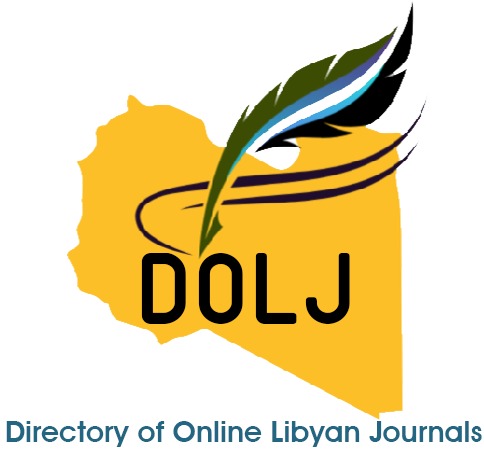Assessment of Heavy Metal Levels in Pink and White Oleander Plants from Sabratha City
Abstract
This study aimed to evaluate and compare the concentrations of heavy metals in pink and white oleander leaves collected from Sabratha, Libya. The research focused on determining the levels of heavy metals in these plants and comparing them with the permissible limits established by the World Health Organ-ization (WHO). The research involved analyzing moisture, ash content, and heavy metals using standard methods and ICP-OES. The study found that moisture content in white oleander ranged from 11% to 14.8% and from 9% to 12% in pink oleander. Ash content varied between 9.3% and 12.4% in white oleander and 7.3% to 10.9% in pink oleander. Most heavy metals, including manganese, iron, copper, and zinc, were within WHO limits, except for slightly elevated arsenic levels. Lead and molybdenum were undetectable. The concentrations of most heavy metals in both pink and white oleander samples were found to be within the safe limits set by the WHO, indicating that these plants are generally safe. The findings contribute valuable information on the environmental quality and safety of oleander plants in the region.
هدفت هذه الدراسة إلى تقييم ومقارنة تركيزات المعادن الثقيلة في أوراق الدفلى الوردي والأبيض التي تم جمعها من صبراتة، ليبيا. ركز البحث على تحديد مستويات المعادن الثقيلة في هذه النباتات ومقارنتها بالحدود المسموح بها التي وضعتها منظمة الصحة العالمية (WHO). تضمن البحث تحليل محتوى الرطوبة والرماد والمعادن الثقيلة باستخدام الطرق القياسية و ICP-OES. وجدت الدراسة أن محتوى الرطوبة في الدفلى الأبيض يتراوح من 11٪ إلى 14.8٪ ومن 9٪ إلى 12٪ في الدفلى الوردي. تراوح محتوى الرماد بين 9.3٪ و 12.4٪ في الدفلى الأبيض و 7.3٪ إلى 10.9٪ في الدفلى الوردي. كانت معظم المعادن الثقيلة، بما في ذلك المنغنيز والحديد والنحاس والزنك، ضمن حدود منظمة الصحة العالمية، باستثناء مستويات الزرنيخ المرتفعة قليلاً. كان الرصاص والموليبدينوم غير قابلين للكشف. وقد تبين أن تركيزات معظم المعادن الثقيلة في عينات نبات الدفلى الوردي والأبيض تقع ضمن الحدود الآمنة التي حددتها منظمة الصحة العالمية، مما يشير إلى أن هذه النباتات آمنة بشكل عام. وتساهم النتائج في توفير معلومات قيمة حول جودة البيئة وسلامة نباتات الدفلى في المنطقة











